Ahmed
Salam Canal, Egypt
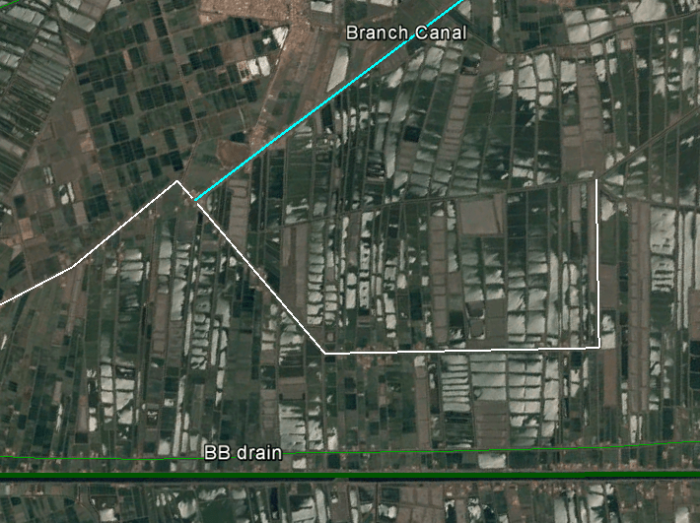
After settling on the land near the BB drain, their main water source, the family in time expanded their land in a vertical strip from BB. In this manner, they could provide water to all the fish ponds from one intake at BB. This vertical pattern of land and water distribution was done by the farmers themselves and has persisted.
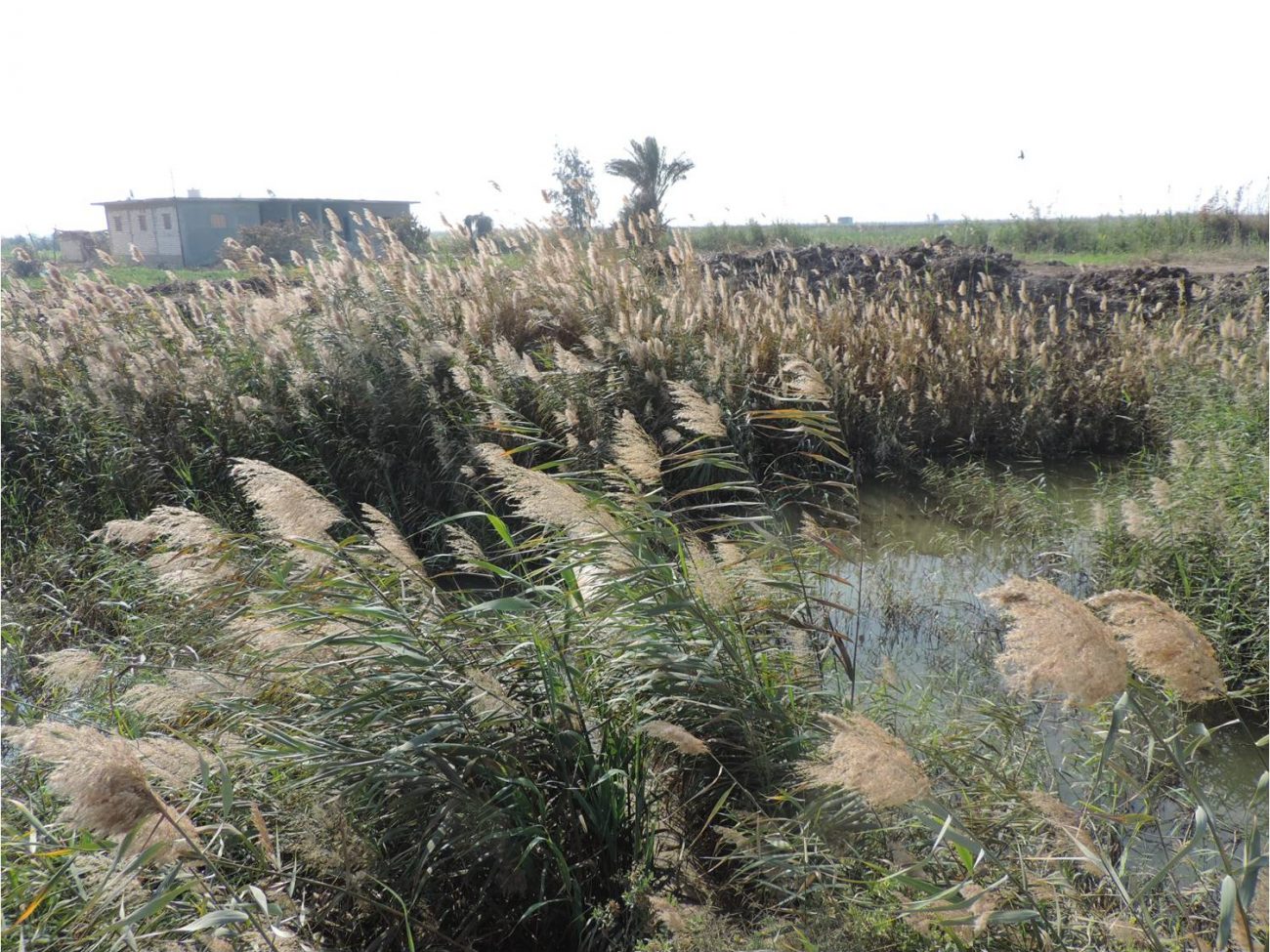
The family land of more than 100 feddan was distributed between 6 brothers and 1 sister. Boys received double the land of girls, according to Islamic custom, as the people understand it.
Half way 1990s, the branch canal and its branches was constructed. As a result, the land was cut up in two by its sub-branch 3 and Ahmed’s land remained on the wrong side from their water source. However, the sub-branch never received fresh water from the Salam canal because of the high location of the land and its users excluded from fresh water, although being part of the project area.
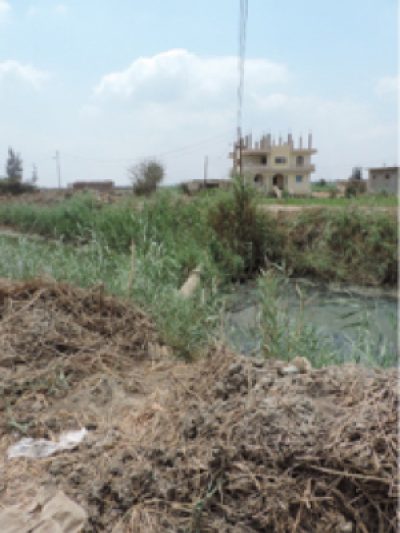
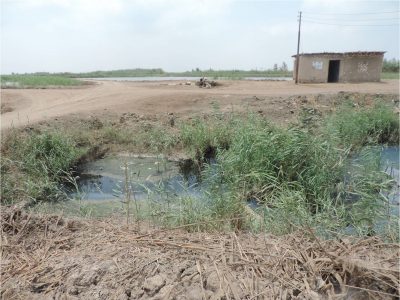
When the sub-branch was constructed, they made a pipe over the canal, so that he could get water from his brothers. However, as farmers together along the sub-branch they also gathered money and made a deeper pipe from BB to the canal in case of low water level in BB. Fish farmers reconnected to their old water source.

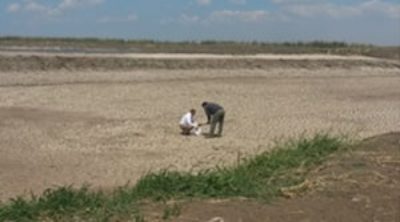
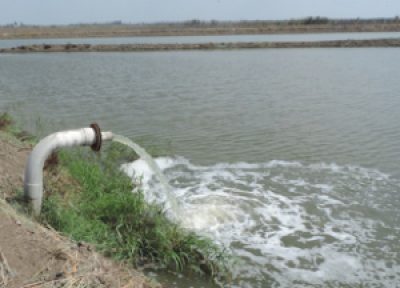
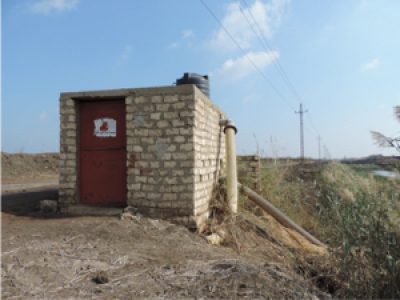

Ahmed has constructed a pumping station at the sub-branch from which he pumps drainage water into a pressurized pipe, from which water can be released in the fish ponds. He produces tilapia and mullet.

Ahmed is married and has three sons and one daughter, who are all in school. Ahmed’s wife is the one who is managing the house entirely. She stays in the house for most of the day and is not involved in the fish farming. Even when her husband asks her to come and join helping in the land, she does not agree in all the times because she has a lot to do in the house, that she does not have more time. She likes to visit nearby friends. The house is built with the plan that sons will marry and use a floor.
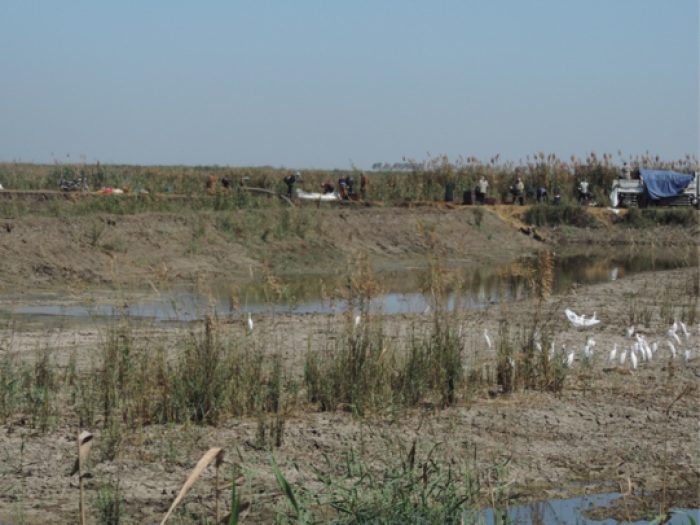
Ahmed pays laborers to harvest the ponds and then trucks bring the fish to nearby markets. Last season the prices were low to medium. He prefers not to speak of production levels and income. In spite of disappointing revenues he bought 4 feddan of agri-cultural land last year.
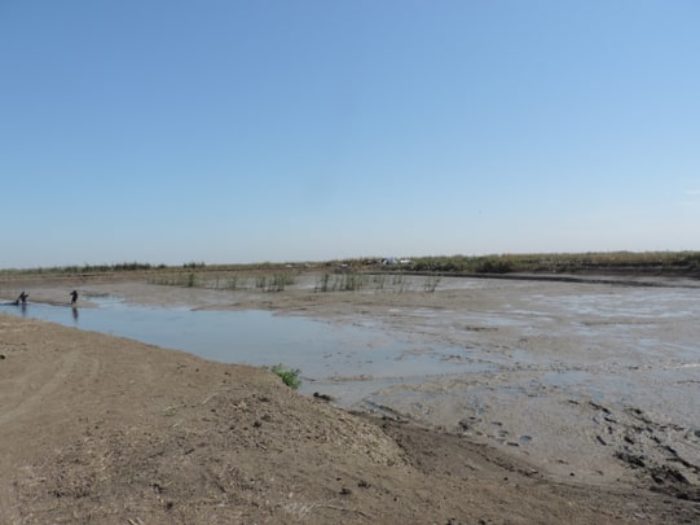
From the start of the Salam project, the government allowed 3 years of fish ponds with drainage water to leach the very saline soils. It then qualified what were ponds as ‘agricultural lands’. Most fish farmers continued aquaculture after, despite being illegal.
The soils have improved, but fish farmers like Ahmed do not easily switch to agriculture, because their neighbors’ fish ponds leach water to lower crop fields, low agricultural prices, salinization, no canal water.

Ahmed concludes that their lives depends on Bahr el Baqar drain (picture) and the Salam – and its branch canal did not affect them in anyway. However, his family’s life has improved since the graduate village was built nearby. The services have improved: Small shopping, a school for the children, workshops, etc. They can also buy and sell small fish there.

